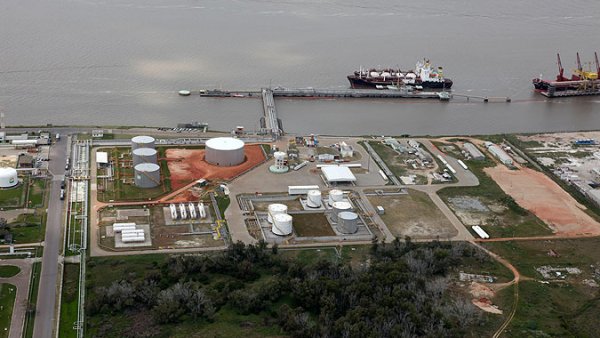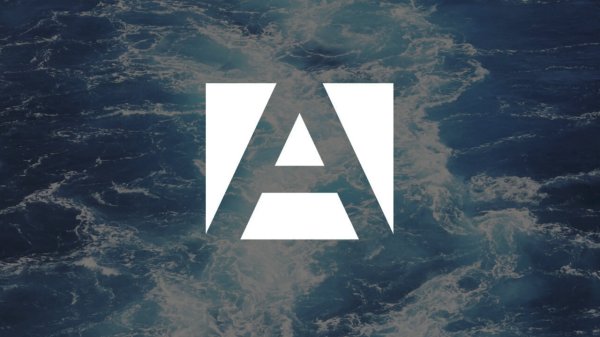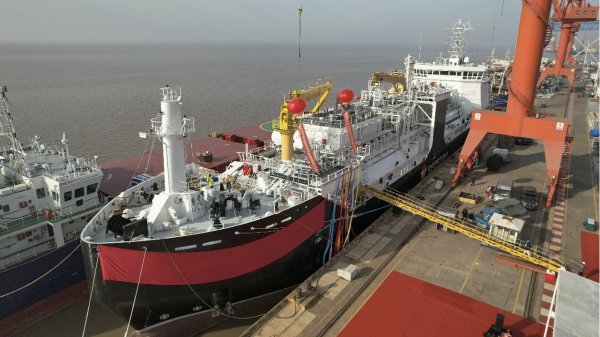Gard issues alert on tougher at-berth emission requirements in California
From January, certain vessels must cut at-berth NOx and diesel PM emissions from auxiliary engines by 70%.
Source: Gard
The regulatory changes are part of the increasingly stricter air emission requirements enforced through California's At-Berth Regulation, which was approved by the Californian Air Resource Board (ARB) in December 2007. The regulation is aimed at reducing diesel particulate matter (PM) and nitrogen oxides (NOx) emissions generated from the operation of auxiliary diesel engines on certain types of vessels whilst berthed at a Californian port.
Requirements
From 1 January 2017, regulated vessel fleets must reduce emissions by 70 percent whilst berthed - an increase from the current required reduction of 50 percent which has been in force since 1 January 2014. From 1 January 2020, an 80 percent reduction in at-berth emissions will be required.
The At-Berth Regulation applies only to certain types of vessels and only when these vessels are frequent visitors to Californian ports. Fleets of container and refrigerated-cargo vessel whose vessels cumulatively make twenty-five (25) or more visits annually to one port are covered by the Regulations. The same are fleets of passenger vessels whose vessels cumulatively make five (5) or more visits annually to one port. A 'fleet' is defined as all owned and chartered ships of one vessel type that are under the direct control of the same company.
It should also be noted that the At-berth Regulation defines 'California ports' as the Port of Hueneme, the Port of Los Angeles (POLA) and Port of Long Beach (POLB), the Port of Oakland, the Port of San Diego, and the Port of San Francisco; and states that POLA and POLB shall be treated as one port for the purposes of this regulation.
Options for compliance
Regulated fleets have two options to ensure compliance:
1) The 'Reduced Power Generation Option' relies on the use of shore base electrical power. Fleets complying under this option must ensure that each vessel satisfies a fixed time limit on engine operation per visit and that the fleet's total onboard auxiliary engine power generation is reduced by at least 70 percent from the fleet's baseline power generation.
2) The 'Equivalent Emissions Reduction Option' relies on the use of alternative control technologies. Fleets complying under this option must reduce PM and NOx emissions by at least 70 percent using ARB-approved technology.
A fleet's baseline power generation is the amount of electrical power used by all vessels in the fleet while the vessels are docked at berths located at a California port during a calendar quarter or other time period specified in the regulation.
Recommendations
Members and clients with regulated container, refrigerated cargo or passenger vessel fleets calling at California ports are advised to take note of the at-berth regulatory changes entering into force on 1 January 2017. A plan identifying the compliance option to be used to reduce at-berth emissions at a port and outlining how vessels in the fleet will comply with the forthcoming requirements of the Regulation must be submitted to the ARB well in advance of any planned port calls in 2017.
For additional information, reference is made to ARB's website on Shore Power for Ocean-going Vessels and their recent Advisory of 3 November 2016. In their Advisory, the ARB acknowledges that it may not be possible to satisfy some provisions in the Regulations under certain circumstances and describes six scenarios where it will consider excusing a vessel's failure to comply with the applicable at-berth requirements.
The regulatory changes are part of the increasingly stricter air emission requirements enforced through California's At-Berth Regulation, which was approved by the Californian Air Resource Board (ARB) in December 2007. The regulation is aimed at reducing diesel particulate matter (PM) and nitrogen oxides (NOx) emissions generated from the operation of auxiliary diesel engines on certain types of vessels whilst berthed at a Californian port.
Requirements
From 1 January 2017, regulated vessel fleets must reduce emissions by 70 percent whilst berthed - an increase from the current required reduction of 50 percent which has been in force since 1 January 2014. From 1 January 2020, an 80 percent reduction in at-berth emissions will be required.
The At-Berth Regulation applies only to certain types of vessels and only when these vessels are frequent visitors to Californian ports. Fleets of container and refrigerated-cargo vessel whose vessels cumulatively make twenty-five (25) or more visits annually to one port are covered by the Regulations. The same are fleets of passenger vessels whose vessels cumulatively make five (5) or more visits annually to one port. A 'fleet' is defined as all owned and chartered ships of one vessel type that are under the direct control of the same company.
It should also be noted that the At-berth Regulation defines 'California ports' as the Port of Hueneme, the Port of Los Angeles (POLA) and Port of Long Beach (POLB), the Port of Oakland, the Port of San Diego, and the Port of San Francisco; and states that POLA and POLB shall be treated as one port for the purposes of this regulation.
Options for compliance
Regulated fleets have two options to ensure compliance:
1) The 'Reduced Power Generation Option' relies on the use of shore base electrical power. Fleets complying under this option must ensure that each vessel satisfies a fixed time limit on engine operation per visit and that the fleet's total onboard auxiliary engine power generation is reduced by at least 70 percent from the fleet's baseline power generation.
2) The 'Equivalent Emissions Reduction Option' relies on the use of alternative control technologies. Fleets complying under this option must reduce PM and NOx emissions by at least 70 percent using ARB-approved technology.
A fleet's baseline power generation is the amount of electrical power used by all vessels in the fleet while the vessels are docked at berths located at a California port during a calendar quarter or other time period specified in the regulation.
Recommendations
Members and clients with regulated container, refrigerated cargo or passenger vessel fleets calling at California ports are advised to take note of the at-berth regulatory changes entering into force on 1 January 2017. A plan identifying the compliance option to be used to reduce at-berth emissions at a port and outlining how vessels in the fleet will comply with the forthcoming requirements of the Regulation must be submitted to the ARB well in advance of any planned port calls in 2017.
For additional information, reference is made to ARB's website on Shore Power for Ocean-going Vessels and their recent Advisory of 3 November 2016. In their Advisory, the ARB acknowledges that it may not be possible to satisfy some provisions in the Regulations under certain circumstances and describes six scenarios where it will consider excusing a vessel's failure to comply with the applicable at-berth requirements.

|
IMO approves pricing mechanism based on GHG intensity thresholds
Charges to be levied on ships that do not meet yearly GHG fuel intensity reduction targets. |
|
|
|
||

|
VARO Energy expands renewable portfolio with Preem acquisition
All-cash transaction expected to complete in the latter half of 2025. |
|
|
|
||

|
NYK trials biofuel in milestone coal carrier test
Vessel is used to test biofuel for domestic utility company. |
|
|
|
||

|
H-Line Shipping orders LNG bunkering vessel
Vessel with 18,000-cbm capacity to run on both LNG and MDO. |
|
|
|
||

|
How to engineer and manage green shipping fuels | Stanley George, VPS
Effective management strategies and insights for evolving fuel use. |
|
|
|
||

|
Swedish government bans scrubber wastewater discharges
Discharges from open-loop scrubbers to be prohibited in Swedish waters from July 2025. |
|
|
|
||

|
MAN Energy Solutions achieves 100% load milestone for ammonia engine
Latest tests validate fuel injection system throughout the entire load curve. |
|
|
|
||

|
Petrobras secures ISCC EU RED certification for B24 biofuel blend at Rio Grande
Blend consisting of 24% FAME is said to have been rigorously tested to meet international standards. |
|
|
|
||

|
Stolt-Nielsen to fully control Avenir LNG with acquisition
Share purchase agreement to buy all shares from Golar LNG and Aequitas. |
|
|
|
||

|
Bureau Veritas supports launch of CIMC SOE's LNG bunkering vessel
Handover of Seaspan Energy's cutting-edge 7,600-cbm vessel completed. |
|
|
|
||

